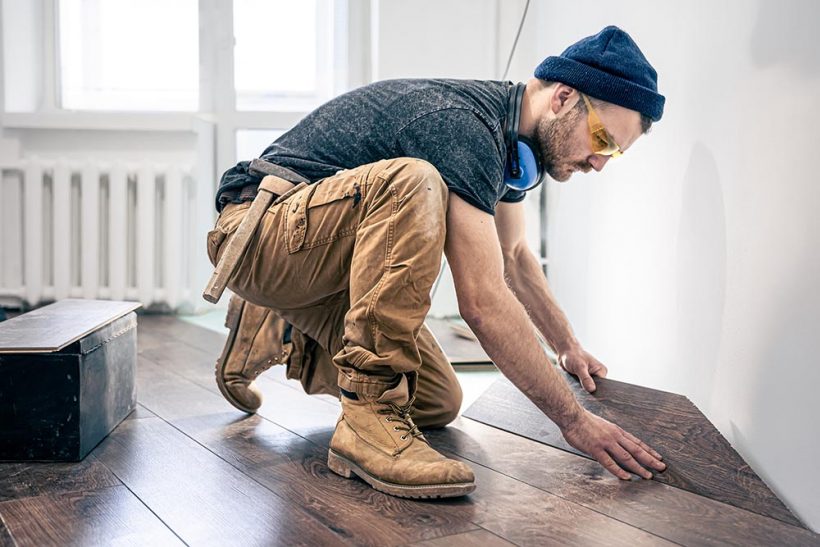Laminate flooring offers a realistic and classy looking alternative to real hardwood or other types of floors and all for a reasonably cheap price, but it can be tough to know if it is the right choice for you and your home. Here we will look at some of the pros and cons of this flooring as well as a few tips for easy installation and a better final floor, and help you decide if laminate is the ideal option or if you should keep on shopping around.
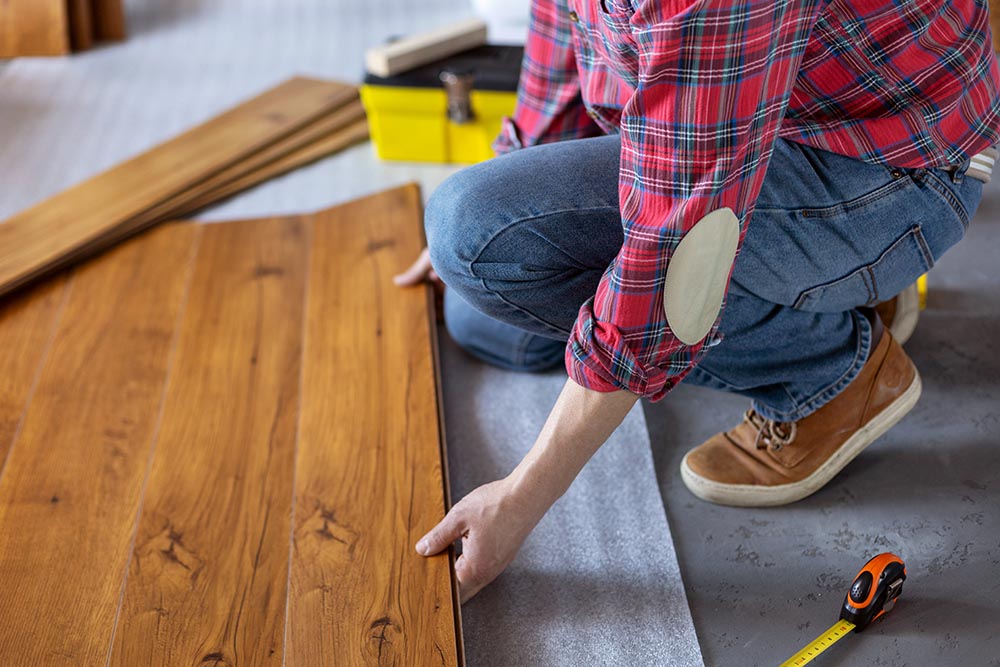
What are the pros of laminate flooring?
There are many benefits to laminate flooring, from its price to its durability and ease of installation. Here are a few of the most notable reasons to go with laminate in your home, office, or place of work:
- It is cost-effective – for many people a solid wood floor is desirable but unaffordable. Laminate offers the look and feel of wood without the price tag.
- Appearance – with more and more advances in engineering and design laminate flooring looks more realistic than ever, and with a resistance to discolouration and fading beyond hardwood.
- It is durable – along with this it is also stain and wear-resistant, with a protective layer that prevents so much of the dents and damage that can occur in any normal household.
- It is easy to clean – avoid excessively wet mops, but laminate can be quickly and easily cleaned and its protective layer means that most of your day-to-day spills won’t stain or stick.
- It is easy to install and replace – the click and lock installation method makes laying this floor really simple, and if one board does get damaged you can replace it without having to take up the whole floor.
With all these and more it is well worth checking out the laminate options available online at DIY Floorboards and seeing if there is a style and type to suit you today.
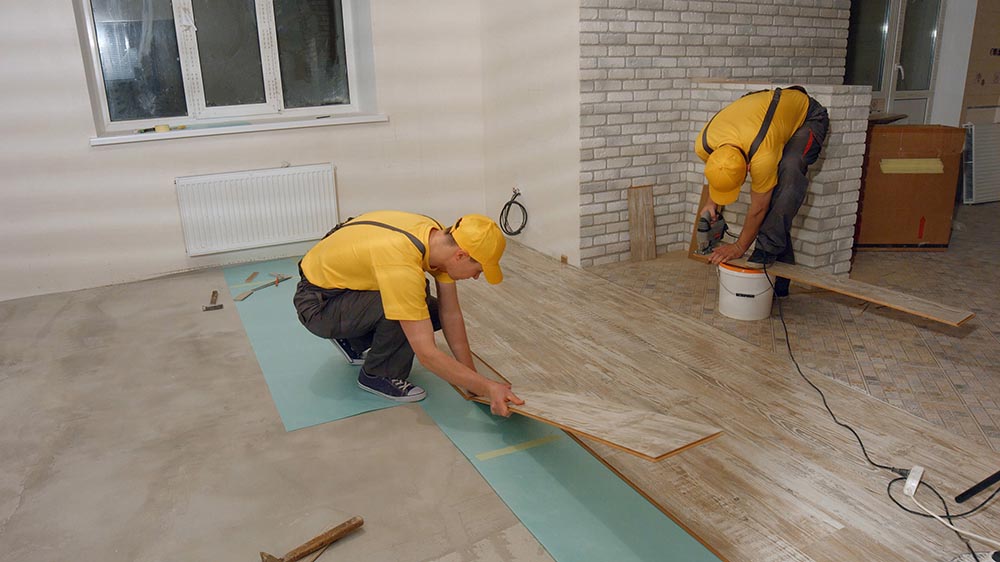
What are the cons of laminate flooring?
No flooring type is perfect and laminate is no different. There are some disadvantages to laminate and its use in some areas of the home and in some households. Here are the top cons to using laminate over other types of flooring:
- Appearance – it still doesn’t look exactly the same as the material that it imitates. While laminate does now look more realistic, especially from a distance, it still isn’t real hardwood or the like and it will never fool everyone.
- Feel – laminate is a little harder and less bouncy underfoot than other types. You can combat this a little with a good underlay, but it doesn’t top the list for comfort.
- Moisture – perhaps the biggest negative of laminate is that it can warp and show a lot of damage if it gets too wet. Moisture collects in the grooves and once it is in it is impossible to get out again properly. This is why laminate is not always the first choice for places like bathrooms and laundry rooms whose moisture-rich environments can lead to damage.
- It doesn’t add value to your home – compared to hardwood or even some engineered wood floors laminate doesn’t tend to add much to your home. Then again, if you are just looking to make it look better before selling laminate definitely adds a clean and classy look to your home so it is still worth doing.
It is important to consider both the pros and cons before choosing laminate flooring, particularly in the rooms likely to get wet. Have a think about what exactly you want to get out of your floor and if it is something affordable, of good quality, and durable then laminate could well be the flooring for you.
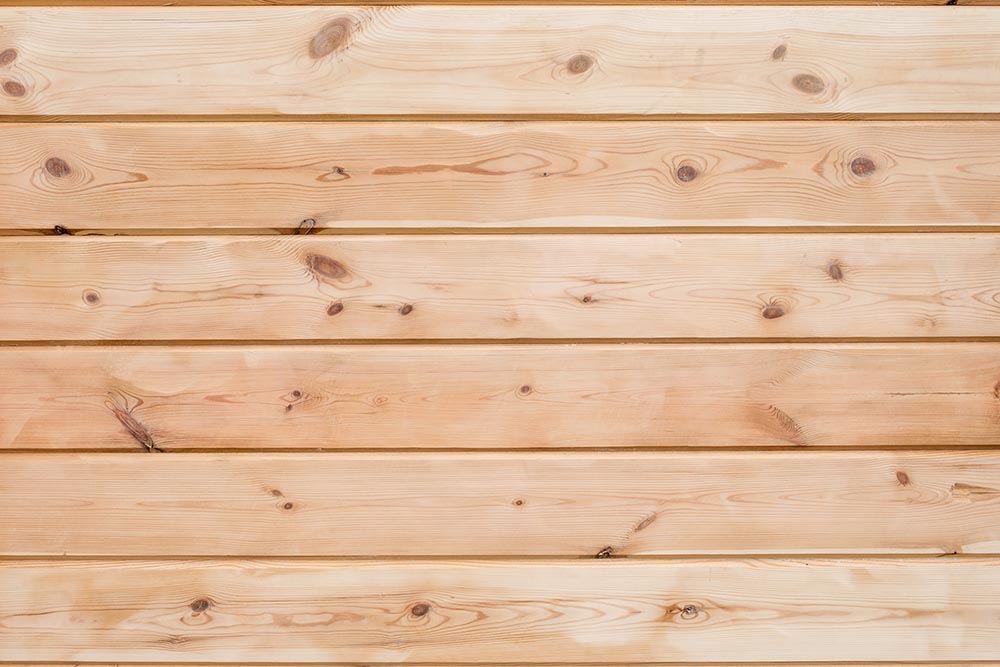
Do you need underlay for laminate flooring?
It is necessary to put down underlay before installing your laminate floor, though some boards do now come with a built-in layer making it redundant. Underlayment is essential to make up for any tiny unevenness in your subfloor as well as providing stability and structure to your new floor. It allows it to float, cuts down on the noise, and gives the support needed to the joins and connections to keep your floor stable for longer. Make sure you choose the right thickness and material to give your laminate the underlay it needs to succeed.
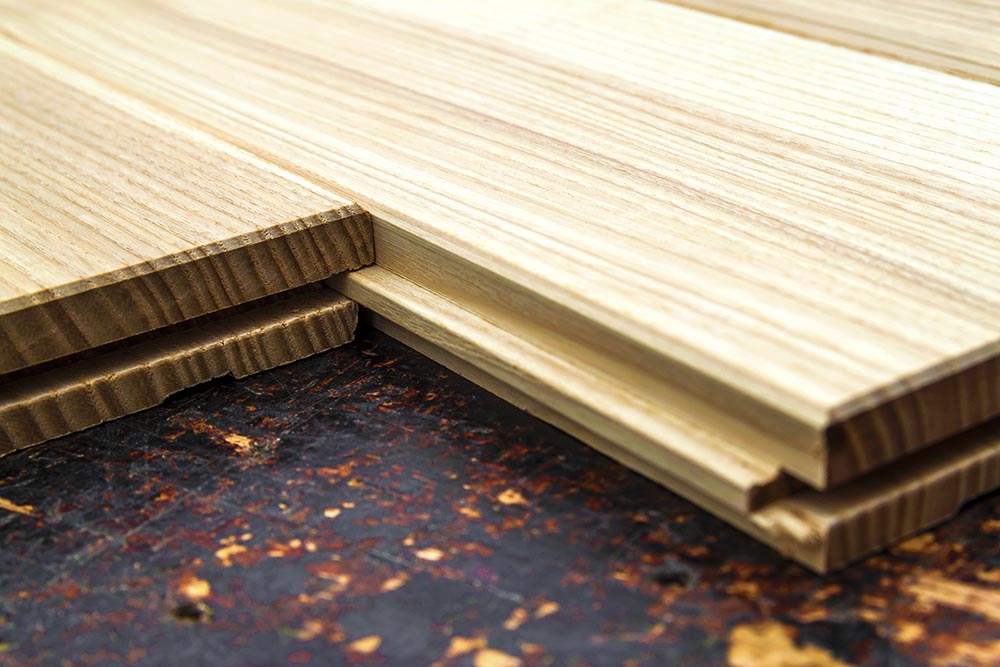
What happens if you don’t put underlay under laminate?
If you don’t put underlay under the laminate, you are risking ruining your floor. Any disparity in the level of the floor will be glaringly obvious, and without the support, the grooves can splinter and break where the boards connect. The underlay also accounts for the warping and expansion that occurs on your floor due to changes in climate and temperature, so taking this away can again harm your floor. Your new laminate floor could move, shift, and generally wear down quicker and more extremely without an underlay, so don’t forget to lay yours first.

Can I lay laminate flooring myself?
One of the best benefits of this type of flooring is that laminate floorboards are easy to install. Anyone from first-timers to lifelong DIY enthusiasts can comfortably install them in their homes, though you should always double-check the instructions and that your subfloor is prepared. The click and lock method of installation means that your floor seamlessly fits together and saves you messing around with glue, nails, or any other products.
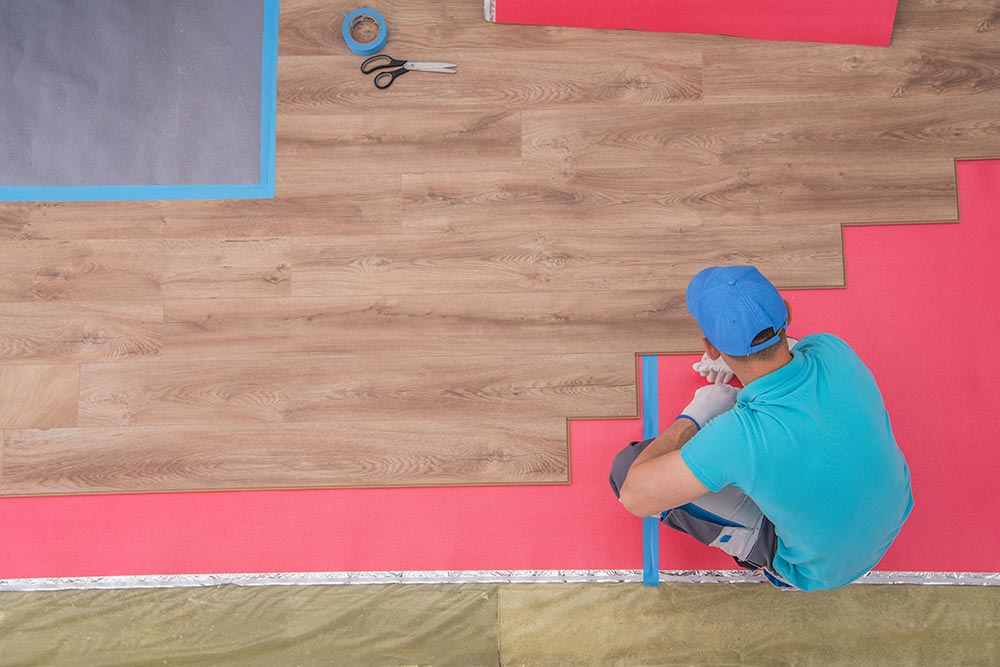
Conclusion
If you are looking for a type of flooring that you can install yourself quickly and easily with a minimum of hassle, that looks great and won’t cost a fortune then laminate flooring is the right choice for you. Though there are still negatives and it should be avoided in rooms like the bathroom unless specially treated to withstand more moisture, laminate is still one of the most popular choices for any household and could be for yours too.
